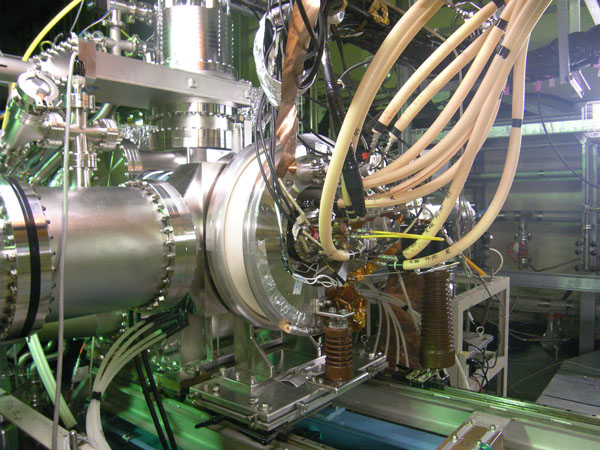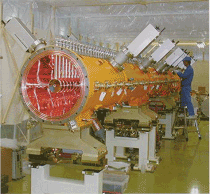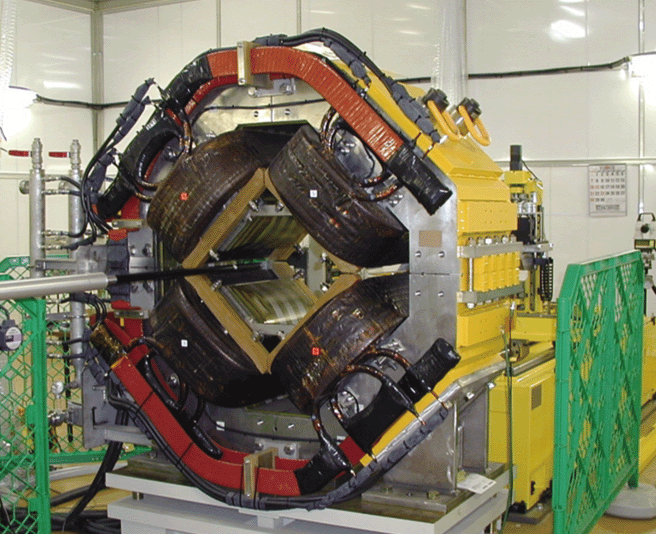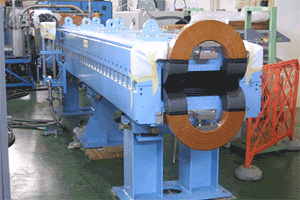2-4 Shirane Shirakata, Tokai-mura, Naka-gun, Ibaraki 319-1195, Japan
Webmaster:<web-staff@j-parc.jp>
About Accelerators
|
The accelerator complex consists of the following accelerators: EA 400-MeV normal-conducting Linac, The use of the RCS for the pulsed spallation neutron source is a unique accelerator scheme. This became possible by innovating the RF accelerating system for the synchrotron: the RF cavity, loaded with the magnetic alloy, could generate the accelerating field gradient by a factor of two to five higher than that the conventional ferrite-loaded cavities. The high-quality linac beams (small, parallel beams) are required for the RCS injection. For this purpose, the 3-MeV RFQ linac is installed with the pi-mode stabilizing loops, which make the RFQ field purely quadratic. The following 50-MeV drift-tube linac was installed with very compact electromagnets fabricated with a combination of the electroforming and the wire-cutting technologies. In this way, J-PARC many new technologies have been invented and developed for the accelerator. |
|







